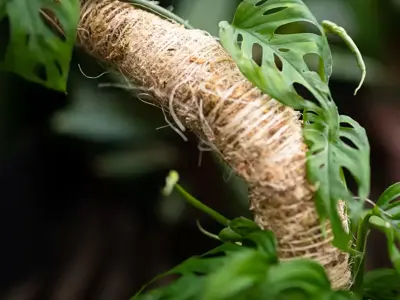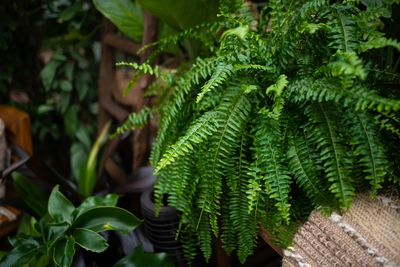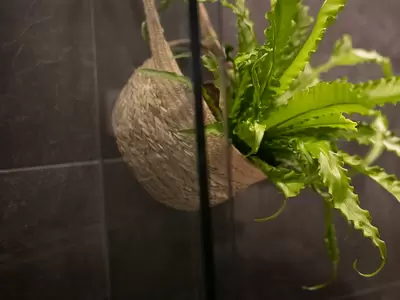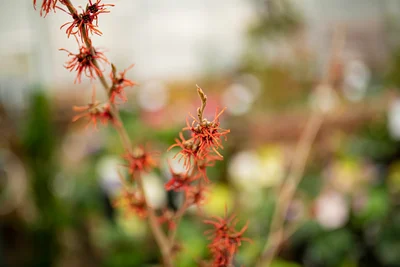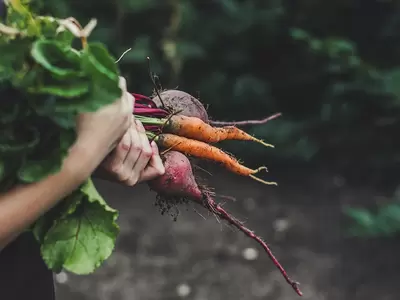
Written by Ingrid Hoff
Growing your plants from seed is just smart, it costs less and it opens up an amazing selection of plants you can grow. Have you ever perused the seed racks?
But growing from seeds can seem a bit daunting, not everyone wants to commit to the process of germinating seeds indoors. The good news is for many plants you don’t have to, just direct sow.
Direct Sowing
Direct sowing is the fancy term for straight up just putting the seeds in the ground. In fact, there are lots of seeds that germinate and grow better if sown directly into the ground.
Root veggies such as carrots, beets, and radish can get a little “surly” when transplanted so they fair better when seeded and allowed to grow in place.
Cool weather crops all do very well when directly sown. This includes:
- peas
- broccoli
- cabbage
- spinach
- kale
- lettuce, and much more!
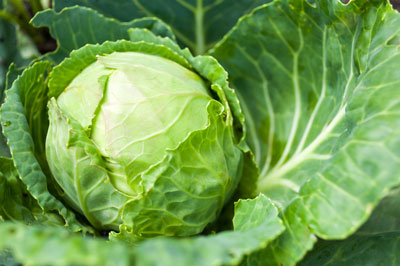
As soon as the weather warms up there will also be beans and squash which love to be seeded in place. But don’t forget the flowers. Poppies, sweet peas, nasturtiums, cosmos, and marigolds are all great flowers to seed out in the garden.
Personally, I find direct sowing slightly easier, there is less fussing around with lighting levels, moisture, heat, etc. You just sow and don’t worry about anything other than watering, and most of the time Mother Nature takes care of that for you. However, when you sow seeds outside you have to deal with the loss of control of the environment. Hail, frost, weeds, cutworms, wood bugs, birds and squirrels are just a few of the factors that can derail your crop at any time.
Know Before you Sow
Also, there is a lot to know before you sow, you can’t just dump the seeds and run (at least not if you want to have any kind of actual success). Did you know that carrot seeds need to stay moist while they germinate? Or that lettuce seeds germinate better when they’re exposed to light? Or you can just read the seed package. They are an absolute wealth of knowledge, so read them and follow the instructions.
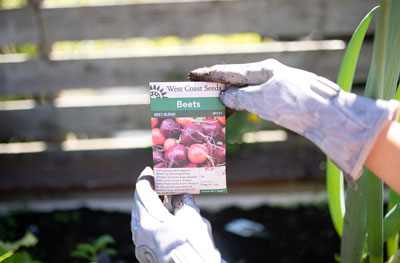
Tips and Tricks
-
Generally speaking, there are two methods for planting seeds, hills, and troughs. Want to know what method is best for what you are planting? Check the seed package.
-
If using the hill method, pile the soil into a mound usually about 15cm (6”) high and 45cm (1.5’) in diameter. Then plant your seeds, usually 3-4 per hill depending on the crop and required spacing, directly into the mound. This is great for seeds that need a warm soil to germinate, such as squash, since the elevated soil will warm up faster.
-
The trough method, is just what it sounds like, you dig a shallow trench (how deep depends on the required planting depth), then put the seeds in the bottom and fill the soil back in. This can be in rows or broadcast over an area (such as the square foot method). Be careful not to plant some seeds too deep as can be the case in an overzealous digging of the trench. The seed packages have planting depths and they should be adhered to. Some seeds just don’t like being buried too deep.
-
Once germination happens you may need to thin. That is the process of cutting out or removing weaker, crowded seedlings to leave room and resources for the few stronger plants left. It’s often a difficult thing to do, “I just got these to germinate and now you want me to weed them out?” But trust me, it will result in a stronger, healthier plants and better yields.
-
If you have really small seeds you might want to consider no trough, just seed directly on the soil surface and then cover them lightly with soil (lettuce is a great example of this). Also, if you have a small seed (such as carrot) and are worried about getting it well spread out consider mixing it with sand. This makes it easier to spread and helps to make sure you don’t end up with one big clump of seedlings.
-
Never forget to label your seedlings, it sucks when you accidentally weed out your crop because you don’t recognize them.
-
Make sure to water well but do it carefully. Hopefully you can time your planting to allow Mother Nature and a well-timed rain shower to do your watering for you. But new seeds need water to germinate so if you need to supplement with watering just make sure you do it carefully, especially with small seeds. You don’t want to blast them out of the soil with a garden hose, a soft gentle shower is definitely preferred.
So, go check out the seed rack at your local GARDENWORKS and get some inspiration of what you want to plant in the garden this year. Try your hand at some veggies in the front yard, or a pot of herbs on the back patio, or mix up the veggie patch and sow some flowers for the bees. Just don’t forget to read your seed packages and you’ll be all set to start sowing and growing.

